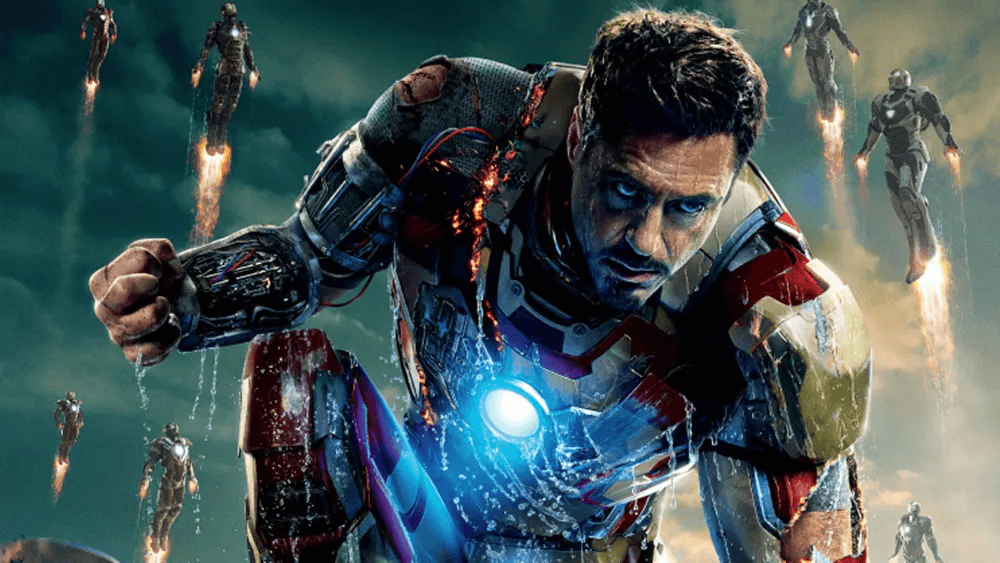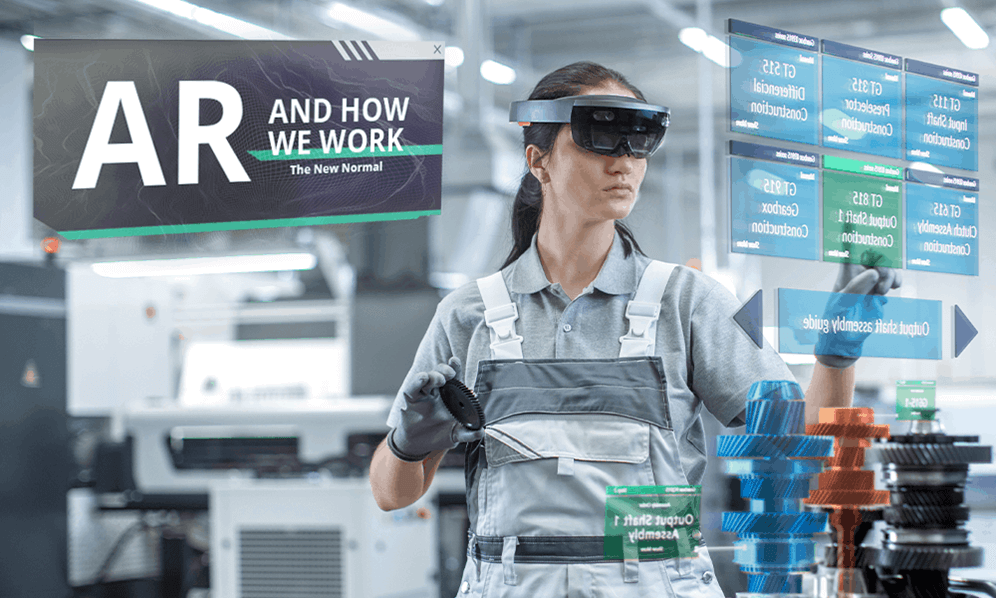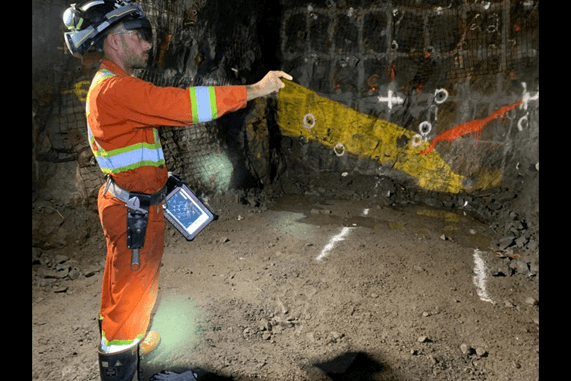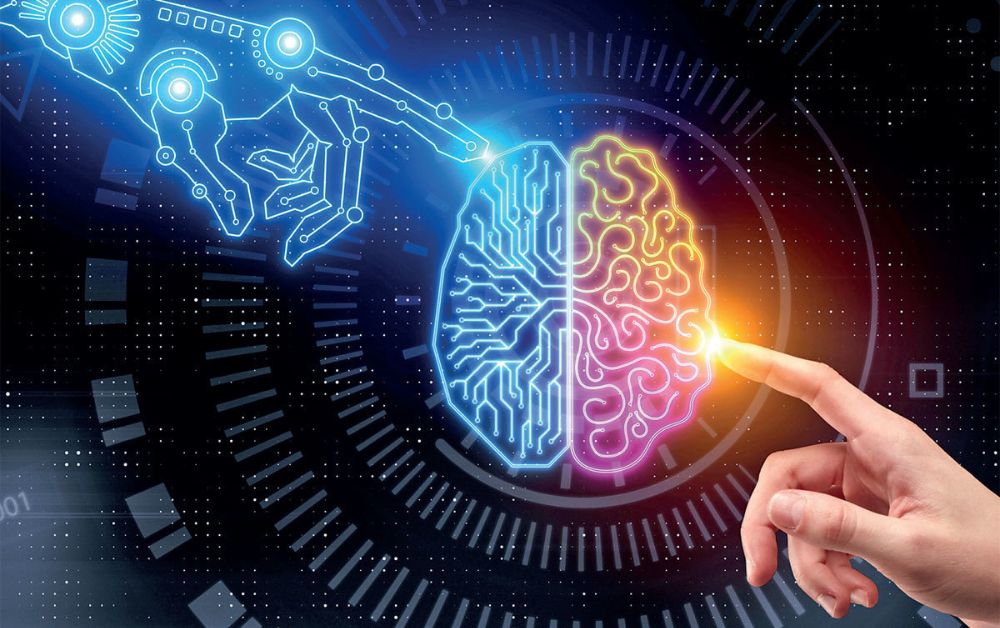Today’s insights are brought to you by my colleague and Future of People expert Buhle Dlamini.
Beyond Ironman Fantasies:
When we hear the word “bionic”, images of Ironman from the Marvel films start to flood our minds as we think of humans with superhuman capabilities powered by bionic limbs and mechanical energy cores. While this may very well be a vision of what a bionic future looks like for humans, a much closer reality is already here.

Organisations are quickly realising that to gain a competitive advantage in a world where technology is evolving at the speed of light, they need to become more bionic, and this has implications for the future of people and how they work going forward.
This decade of disruption has already kick-started what we long expected would come, the onset of Bionic Companies. The pandemic pushed organisations and people to fast-track many of the innovations that we were reluctant to initiate, by changing the way we worked, interacted with technology, and achieved results. What the world went through was the perfect landscape for the VUCA reality: volatility, uncertainty, complexity, and ambiguity. The result is that organisations that seek to succeed in the changed reality need to adapt and innovate faster than the changing reality around them.
While previous revolutions, industrial and technological, generated economic growth they were also hard on humans and hard on the environment. Consider the unprecedented pollution to the earth or the introduction of acute hardships for workers in living conditions, stress, discrimination and more. The Fifth Industrial Revolution, the Bionic Revolution, is a conscious rewiring to place the needs of human beings, the environment and society front and centre.
“Bionic companies seamlessly intertwine new technologies with human capabilities to deliver superior outcomes in experiences and relationships, more efficient and productive operations, and increased rates of innovation.” – BCG

The way we think about bionic no longer lives in the fantasy world of superheroes and robots but is quickly becoming the way that business of the future is going be conducted.
That’s why it is important for us to carefully consider the implications of the bionic future of business and how it will affect not only the organisations, but the people who work for them. It’s easy to think of a bionic transformation of business in terms of knowledge workers. Those who typically work in roles such as management, finance, marketing, scheduling, or product development, trade in information captured in digital files and databases, etc.
The reality is that the bionic future of business is going to have as much of an impact, if not more, on frontline workers in manufacturing, mining, hospitality, healthcare, retail and much more.
Here are some ways that Bionic Companies are fundamentally changing the future of people and work going forward:
- Technological Integration – moving an organisation into a centralised seamless technological platform that links all parts of the organisation, utilising IoT, robotisation, etc.
- AI and Data – shifting system where decisions are only made by people to where decisions are made by people and AI using data algorithm systems.
- Bionic Talent – Human capital that is equipped to seamlessly augment its capability with mechanical and digital technology while utilising digital data processing and artificial intelligence.
- Bionic Organisational Structure – Dynamic organisational structure with business processes and models that are re-designed to meet the digital-human nature of how work is done.
Front-line Examples of the Bionic Model:
Augmented Reality Assisted Service Calls for a Lift Company.
To experience what the bionic future of business looks like, let’s consider some existing examples of its applications. The elevator manufacturer Thyssen Krupp uses HoloLens technology as a tool in service operations. This is how Augmented Reality Technology is integrated into how technicians transform what would have been a 2-hour service operation, without this technology, into a 20-minute one. Using HoloLens, service technicians can visualise and identify problems with elevators ahead of a job, and have remote, hands-free access to technical and expert information when on site. Check it in the video below:
High-Tech Mining for Miners:

In another example, a Sudbury mining service company in Canada is implementing a high-tech headgear worn by miners underground alongside other tools of the trade.
The miners wearing the harness and headset would be able to access the Miner Operated Survey System (MOSS) and make informed decisions in real-time that will lead to safer operations and efficiency.
NSS Canada, working in partnership with the Cambrian R&D Centre for Smart Mining, announced it is developing a new harness that would attach augmented reality (AR) goggles to a miner’s helmet, enabling the technology to be used underground.
These are just some of the examples of technology being used to augment human capacity on the front lines.
Bionic Talent and Bionic Organisations:
In this changing reality, the way we think about talent and organisations needs to change. Truthfully the more bionic you are the more useful and successful you’ll become. The same applies to organisations, the more bionic they become the more innovative and competitive they will be in the marketplace.
“In this context the more bionic you are, the more useful and successful you’ll become.”
So, what does Bionic Talent entail?
As the world of work changes the battle for talent who are ready and equipped to succeed in a bionic company is likely to increase. Bionic talent exhibits the required skills and abilities to adapt to the ever-changing requirements in the new world of work. Being digitally savvy is one of the basic requirements but it is just what you need to get your foot in the door.
Other key skills for bionic talent have more to do with innate skills that we can all develop such as:
- Critical and Analytical Thinking,
- Creativity and Innovation
- Complex Problem-Solving
- Resilience, Flexibility and Adaptability
- Cultural Intelligence and Interpersonal Skills
This is by no means a comprehensive list of qualities that people will need to develop in order to find success in the Bionic Revolution. But there are 3 ways that individuals can stay relevant for the Bionic Talent Pool:
- UpSkill – How do I stay relevant for my current role?
- ReSkill – How do I prepare for my role 5 years from now?
- FutureSkill – How do I prepare for a role that doesn’t even exist yet, but will in the future?
Bionic organisations or companies will also need to change the way they are structured creating an environment that is agile, experimental and allows for self-organised teams. The old ways of doing things and working will no longer cut it. Being adaptable, anti-fragile and future-focused are the underpinning principles for success. This means leadership and power distribution will have to change to allow for the kind of transformation that organisations need to succeed.
The future of people and business is nothing like we have ever seen before and now is the time for leaders and workers to reimagine the future of their work and how they go about it. This is just the beginning. I will be sharing more on this in the coming weeks and months.
Buhle Dlamini is an expert in the future of people, as the world of work changes around us. He equips leaders and teams to make the most of the new world of work characterised by advanced Artificial Intelligence, Hybrid working, Diversity and Disruption.
In this fast-changing landscape, people will need to tap into their full potential and harness the power of technology and skills to collaborate better with others from different backgrounds. Buhle’s topics will help you to navigate the future of people with confidence.


